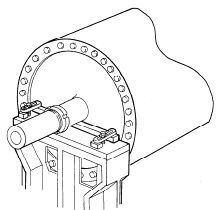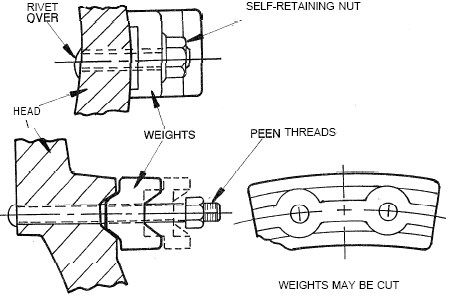How to perform static balancing of dryers, and the benefits
Balanced dryers make for a better running dryer section. Unbalanced dryers may cause:
- Sheet breaks
- Decreased sheet quality
- Increased gear and drive wear and damage
- Bearing wear, causing more vibration
- Increased noise
- More stress on related dryer equipment
- Other problems associated with vibration
Problems associated with out of balance dryers increase with higher speeds. Care and precision during balancing will help make a smooth running dryer section.
"Static" dryer balancing is used only with machine speeds less than 3000 feet/minute (915 meters/minute). Dryers running at higher speeds should be dynamically balanced.

Trunnion roller support of journals is NOT recommended during static balancing because trunnion bearings increase the problem of friction. It is also not recommended because the force is transmitted diagonally rather than straight down.
In some cases it is practical to balance the dryers in their own antifriction bearings. This method will generally be less accurate than balancing on flat ways.
During balancing, the dryer must be free of anything that prevents free turning, or distorts the balance. Stationary syphons should be removed, however rotating syphons must remain in place.
Much of the accuracy in balancing rests in the skill of the people doing the work. A person with experience and sensitive judgment can develop a good feel for checking the final balance of a dryer as it is turned by hand.
Balancing Weights
If the trial weights used during balancing were located at a greater or lesser distance from the journal center than the permanent weights will be, then compensation must be made for this.
Balance weights should be divided between the front and back heads, especially if much weight was added, or if the dryer is to be run at relatively high speed.

Weights should be cast iron or steel. Lead weights are NOT recommended. Balancing weights are likely to be available from the dryer manufacturer.
The weights must be held firmly against the dryer head without any play or ability to flex, as this will eventually cause the stand holding the weights to break. Each weight should be held by at least two studs made of 1008 or 1010 HR steel. Heavy weights may need more fasteners.
For more information about balancing dryers contact your Valmet representative.